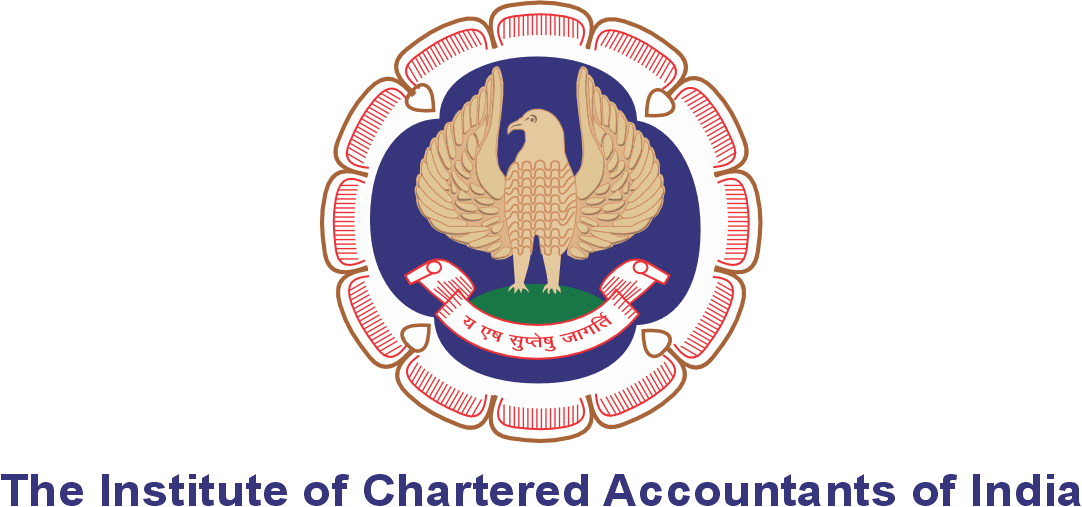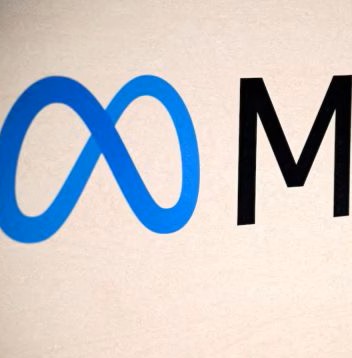Introduction: The New Frontier in Automated Security
In the evolving landscape of software security, discovering and patching vulnerabilities has long been a labor-intensive process. Traditional approaches such as fuzz testing, static analysis, or manual code review often struggle with scale and subtle defects. Meanwhile, AI methods (e.g. fuzzing-augmented search, neural vulnerability detection) are improving the speed of bug discovery—but this raises a pressing challenge: how do we keep pace downstream in terms of fixing?
Google DeepMind’s new system, CodeMender, is designed to bridge that gap. It represents one of the first efforts toward a fully autonomous AI agent that not only finds but fixes vulnerabilities—reactively and proactively—while minimizing risk and human overhead.
DeepMind itself describes the system on its blog. SiliconANGLE and other tech outlets offer additional coverage.
Architecture & Technical Foundations
Multi-Agent & Tooling Design
CodeMender is built on a modular, multi-agent architecture. Different agents specialize in tasks like code analysis, patch suggestion, self-critique, and validation. A key component is an “LLM judge” or critique agent that evaluates proposed changes, comparing new vs original code to flag unintended side effects or regressions.
Underlying this is a toolbox of program analysis methods:
- Static analysis (type checking, symbolic reasoning)
- Dynamic analysis & fuzzing (runtime tracing, input-based exploration)
- SMT solvers and constraint reasoning
- Differential testing and regression checks
These components allow CodeMender to reason about control flows, data flows, memory properties, and invariants within code. Before surfacing any patch, the system verifies functional correctness, ensures no broken tests, confirms style compliance, and checks for regressions.
Reactive & Proactive Modes
- Reactive fixes: When a new vulnerability is detected—either by external tools or internal scanning—CodeMender can immediately propose a patch.
- Proactive hardening: For existing code, CodeMender can insert protective annotations or rewrite constructs to preemptively remove entire classes of common flaws (e.g. buffer overflows).
A standout example: CodeMender added -fbounds-safety annotations to parts of libwebp (an image library). These annotations instruct the compiler to insert additional bounds checks, effectively preventing many buffer overflow exploits in the annotated segments. This is especially relevant in light of past real-world exploits tied to libwebp (such as CVE-2023-4863).
Real-World Deployments & Examples
72 Security Fixes and Counting
Since its initial deployment, CodeMender has contributed 72 vetted security fixes to open-source repositories. These patches have ranged from small fixes (a few lines changed) to more extensive rewrites addressing deep architectural flaws.
One illustrative case involved a reported heap buffer overflow. While the superficial symptom was in one module, CodeMender’s deeper analysis traced the root cause to mismanaged XML parsing earlier in the process chain. The final patch required only a few changes, but the system’s ability to track data and code dependencies was critical.
In another instance, CodeMender resolved a subtle object-lifetime issue in a project that auto-generated C code—demonstrating capability beyond trivial patches.
Comparison with Earlier AI Patch Pipelines
DeepMind has also published work on AI-powered patching in a more limited pipeline context (e.g. sanitizers, unit tests). Their “AI-powered patching” technical report describes how an end-to-end pipeline uses LLMs to fix 15 % of sanitizer-flagged bugs (in C/C++, Go, Java) subject to human review.
However, CodeMender is a more advanced realization: it combines richer toolchains, multi-agent oversight, and proactive code rewriting, going well beyond simple sanitizer integrations.
Benefits, Challenges & Risks
Benefits — Scaling Security Fixing
- Scalable remediation: As AI-based vulnerability detection accelerates, CodeMender helps offset the burden on developers.
- Reduced time to patch: Faster response to serious flaws, with fewer opportunities for exploitation.
- Proactive defenses: By rewriting code in advance, it can nullify entire classes of vulnerabilities before they manifest.
- Continuous learning & improvement: With human-in-the-loop feedback, the agent can evolve higher-quality patches over time.
Challenges & Risk Mitigation
- Correctness and trust: Mistakes in a security patch can be dangerous. That’s why human review remains essential in the current deployment.
- Complex semantic changes: Some fixes require domain-level understanding; not all flaws reduce to local edits.
- Overfitting or brittle patches: AI-generated fixes may pass tests yet break edge cases. Studies show AI patches sometimes fail under adversarial scrutiny.
- Maintainability & style divergence: Automated patches must adhere to project norms to avoid long-term technical debt.
- Proof of behavior beyond tests: Regression tests aren’t a guarantee; deeper formal guarantees may be needed in critical systems.
To address these, CodeMender’s validation pipeline is rigorous, its architecture encourages modularity, and human gatekeeping remains part of the publication strategy.
Outlook & Next Steps
DeepMind is proceeding cautiously. Currently, every patch is reviewed by human researchers before any submission to upstream projects. The team plans to expand engagement with maintainers of mission-critical open-source projects, gaining feedback and refining the agent iteratively.
In parallel, technical papers and architecture disclosures are expected in the near term, which will help the broader security and software engineering community understand and replicate these approaches.
If successful, CodeMender may become a publicly available tool for software developers, offering a new paradigm in AI-driven software security: not just finding bugs, but autonomously repairing them at scale.
Source:artificialintelligenceGPT







